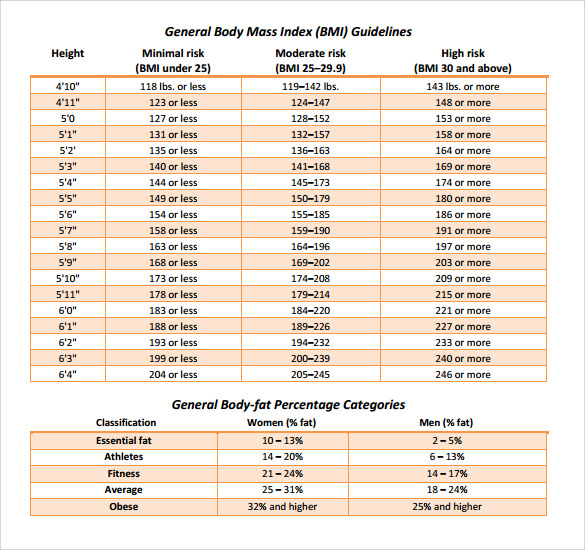

Real-life examples: How a savings calculator can help Saving for a vacation If you have extra funds that you don’t need to access and can put away for a couple months or more, consider getting a certificate of deposit (CD). The longer you keep your funds in an account, the more you’ll earn. It’s a percentage because exactly how much you earn is based on the amount of money deposited and how long it’s there. This is how much money you earn by keeping your cash in a savings account. It can be helpful to automate this and have your bank sweep some of your paycheck to your savings each month from your checking account.Īnnual percentage yield (APY). Will you add to your savings every month? If so, that’s your monthly contribution. As a baseline, here’s how much you should have in savings. If you already have an account and you want to calculate your savings from today onward, you can count the initial deposit as however much you currently have. Some banks require a minimum amount to open a savings account while others don’t. This is the amount you put in the account once it’s opened. When the original number is multiplied by this value the result is an increase or decrease of the number by the given percent.What is a savings calculator and how does it work?Ī savings calculator does the math for you, estimating how much money you’ll have in a savings account based on four factors: Essentially, percent is converted into its decimal equivalent, either adding to 1 or subtracting the decimal from 1. The difference can either be an increase or a decrease of a specific percentage of the input number. The absolute value of the difference is then divided by the initial value, basically calculating how much the initial value has changed. Percentage Change Formula which may involve an increase or a decrease is computed by calculating the difference between two values and comparing that difference to the initial value. This result will be in percent and not in decimal form. While calculating the Percentage Difference Formula, the calculator divides the absolute value of the difference between two numbers by the average of those two numbers, the result is then multiplied by 100. If done manually, it can be calculated by dividing a given number by the actual number and then multiplying by 100. However, percentages can very easily be converted to decimals, all you need to do is divide the percentage by 100, and the result is on your screen, for example, 40% is equal to the decimal 0.40, or the fraction. The calculator computes the values that have been inputted and shows the results, the value is shown in percentage and not decimals. For instance, if we take X, Y and Z where X is the percentage, Y is the first number that the percentage will modify, and Z is the result, it tells you how number X relates to number Y. The percentage formula can be written in various ways, basically, it is an algebraic equation that uses values. It is a simple, handy and quick-to-use tool that helps you to find out the percentage of numbers and all you need to do is fill in the respective fields and the result will be computed automatically for you. Very often there is a debate on how it is written, whether it is percent or per cent? Well in American English it is percent whereas the British use per cent. With the introduction of the decimal system in the early twentieth century, the usage of percent became the norm per cent means per hundred.

The word percent has its origin in Europe and Latin America where it was used as Per Centum and Per Cento. It is denoted by the symbol '%' or percent or per cent, basically, 10% is the same as 10 percent or 10 per cent. Percentage calculator helps you to calculate the percentage between given numbers by using formulas, in arithmetic, a percentage is a ratio or a number that is a fraction of a hundred.


 0 kommentar(er)
0 kommentar(er)
